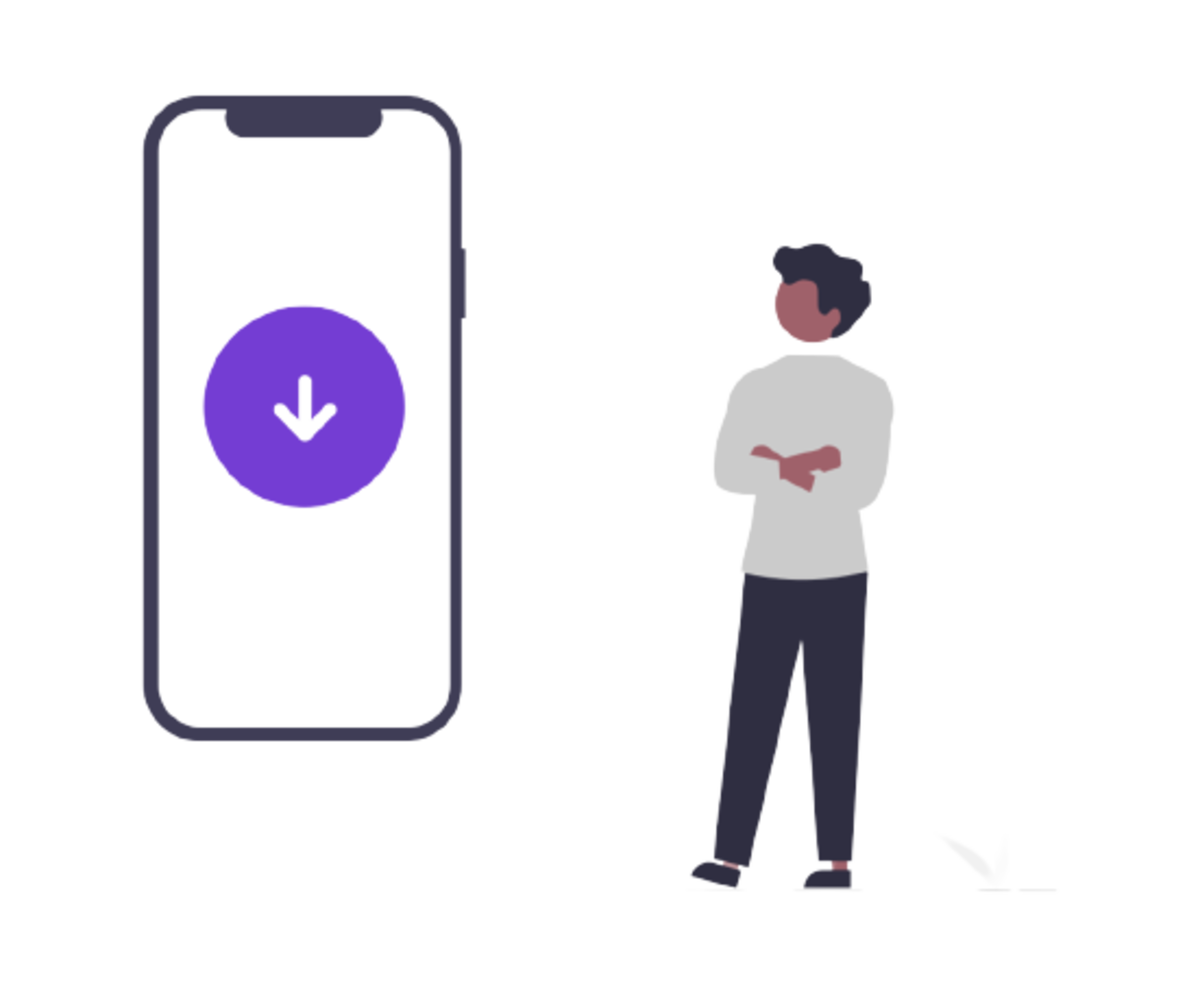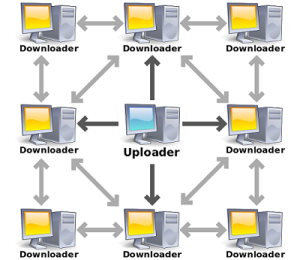What is BitTorrent Protocol, and How Does it Work?
What first comes to mind when you hear the word “Torrent“? Illegal? Piracy? Crime?

What first comes to mind when you hear the word “Torrent“? Illegal? Piracy? Crime? The term “Torrent” carries such negativity in our society. Though, indeed, “BitTorrent” is mainly used for piracy (sharing copyrighted materials), “BitTorrent” itself and its use is not illegal (under certain circumstances). BitTorrent only got its bad name because some unethical users use it for self-gaining purposes.
You might wonder that BitTorrent is mainly used to share copyrighted materials (games, music, movies); how can it be legitimate and legal? Most folks over the internet consider that using BitTorrent is illegal- it is NOT. There is so much misconception among people about the word “BitTorrent.” So, we decided to write this post explaining why nothing is wrong or illegal about the word “BitTorrent.” Here, we will explain why BitTorrent got its bad name and why using it is not unlawful.
What Is BitTorrent Protocol?
BitTorrent is a peer-to-peer (“P2P”) file-sharing communication protocol that distributes many data and files over the internet. It is one of the most common protocols for transferring big data over the internet. For example- TV shows, movies, games, etc. Today, BitTorrent is responsible for a total of 25% of internet traffic over the globe.
Bram Cohen, a former computer science student at the University of Buffalo, in Apr 2001 designed the BitTorrent protocol. The first official version was released on 2nd July 2001. The latest version available was released in 2013 (BEP v3). As of today, BitTorrent has approximately 300 million, active monthly users.
How Does BitTorrent Work?
BitTorrent protocol takes the stress of transferring a large amount of data from one server and distributing it among multiple smaller computers in the network. To establish the BitTorrent protocol, a user needs a BitTorrent client. Some famous examples of BitTorrent clients are µTorrent, Vuze, Transmission, and qBittorrent.
The user joins BitTorrent “swarm” by adding a .torrent file into the BitTorrent client. A swarm is a group of computers downloading and uploading the same torrent file. After adding a torrent file, the BitTorrent client connects to the “tracker” listed in the .torrent file. The tracker is a particular server that keeps track of all computers participating in the same torrent. Tracker shares the IP addresses of all available computers with other BitTorrent clients in the swarm.
Once connected, BitTorrent clients start downloading the files in pieces. Pieces are usually non-orderly rearranged by the BitTorrent client in proper order. All the details are the same size; for example, a 20 MB file can be downloaded into small 20 pieces of 1 MB each. After downloading efficient data, the torrent can start to “seed.” So, users who do not have the complete file can act as a seed. Seeds are the users connected to the swarm and upload the torrent file to peers, even after the torrent download finishes. Peers are nothing but the users who are downloading torrents from the hive.

So, the more popular the torrent file is, the more seeds will be created and the faster the download speed will become. This is the beauty of BitTorrent; it takes the burden of uploading a large file from one server and distributes it among thousands of users. But for a torrent to become completely downloadable, a minimum of one of the users in the swarm must have a full copy of all files in flood. It can't be downloaded if the torrent has zero or no seeds, as no user has a complete torrent file.
Another aspect to look out for before downloading torrents is “Leechers.” Leechers are the users who intentionally throttle their upload speed and only stick around as a peer until the torrent download completes. After downloading, they remove the torrent and exit.
Drawbacks of BitTorrent Protocol:
- BitTorrent is less convenient for inexperienced users as they require a third-party BitTorrent client to function.
- Slow for small files: Torrent file usually takes some time accelerates to their max speed, so it is not convenient for small data.
- The creator has no control over the network: As it is a Peer-to-Peer file sharing service, the torrent creator doesn’t control the web. The speed depends on the number of seeders, leechers, and peers at a given time.
BitTorrent isn’t Illegal.
Using BitTorrent isn’t illegal or a crime; it is a beautiful technology that will continue to grow. Many Linux distributors use BitTorrent to provide their ISO files to users, saving their money on bandwidth. A great example of BitTorrent implementation is the game- “World of Tanks,” a free-to-play online game. The developers are happy because they can save money on bandwidth and spend it on bringing new features to the game.
You can also host free music, movies, or games on BitTorrent, a free method to share data across the internet, and people downloading it, will also help in further distribution. Wikileaks had also used BitTorrent to distribute data and take the load off their servers.
This is it! There is nothing illegal about the word BitTorrent. It only got its bad name because some people used it for self-purpose- like sharing copyrighted material (music and movies).
Remember:
“Using BitTorrent is not illegal; sharing copyrighted material is.”
I hope you liked this post. If you have any questions or suggestions for future posts, feel free to comment below. Stay tuned for future updates.

